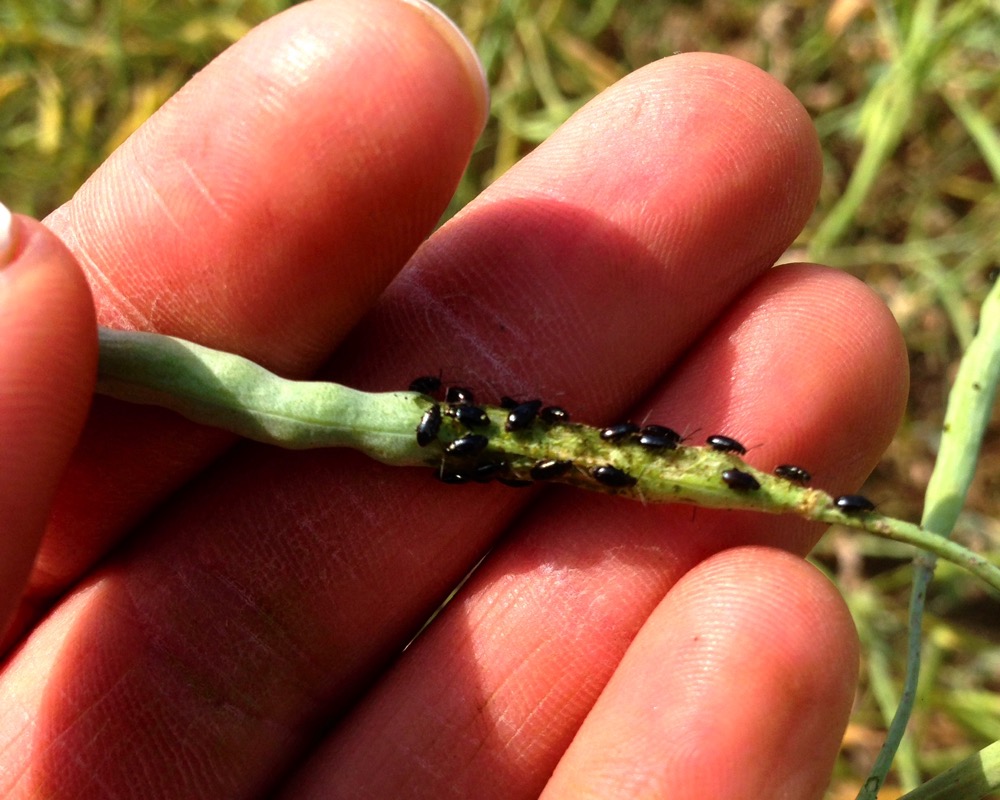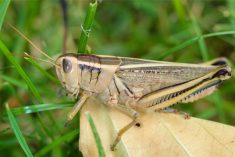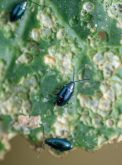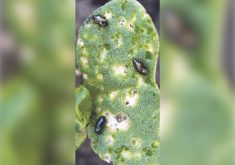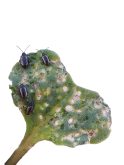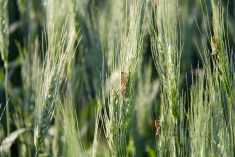The important thing to understand about flea beetles is that they overwinter as adults — and it’s those adults that do all the feeding on your seedlings come the spring.
Your canola crop is most vulnerable to flea beetle feeding from the cotyledon stage at emergence up until it reaches the three- or four-leaf stage. This feeding can ultimately lead to seedling death or delayed flowering and maturity, if the seedlings manage to survive.
In most cases, a good seed treatment is going to be your first line of defence in minimizing feeding and protecting those seedlings against feeding for that crucial first two weeks of growth when the plants are just starting to emerge.
Read Also

Health hazards are often overlooked risks on the farm
While quite different from the dangers posed by farm machinery, hazards such as loud noise or sun exposure require the same proactive attention, the Canadian Agricultural Safety Association says.
Besides using a seed treatment, you should also make sure you’re getting the right seeding depth (one to two cm) and plant populations. The Canola Council recommends about 10 plants per square foot, which helps optimize yield and spreads flea beetle feeding damage out across a wider area.
Finally, early-season scouting is important. If you’re finding 25 per cent damage on the cotyledons, an insecticide application may be required to protect those seedlings. This will ensure optimum stand establishment and protect that yield potential.
This agronomy tip is brought to you by Ted Labun, seedcare technical lead with Syngenta Canada.

